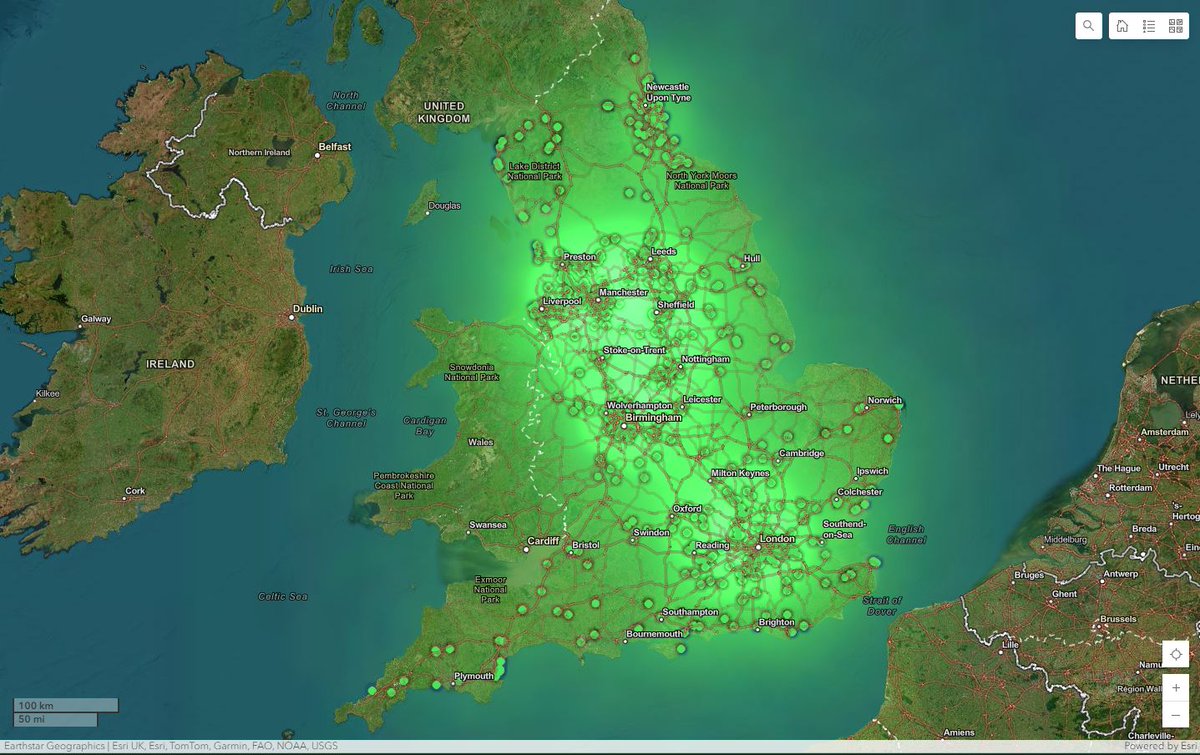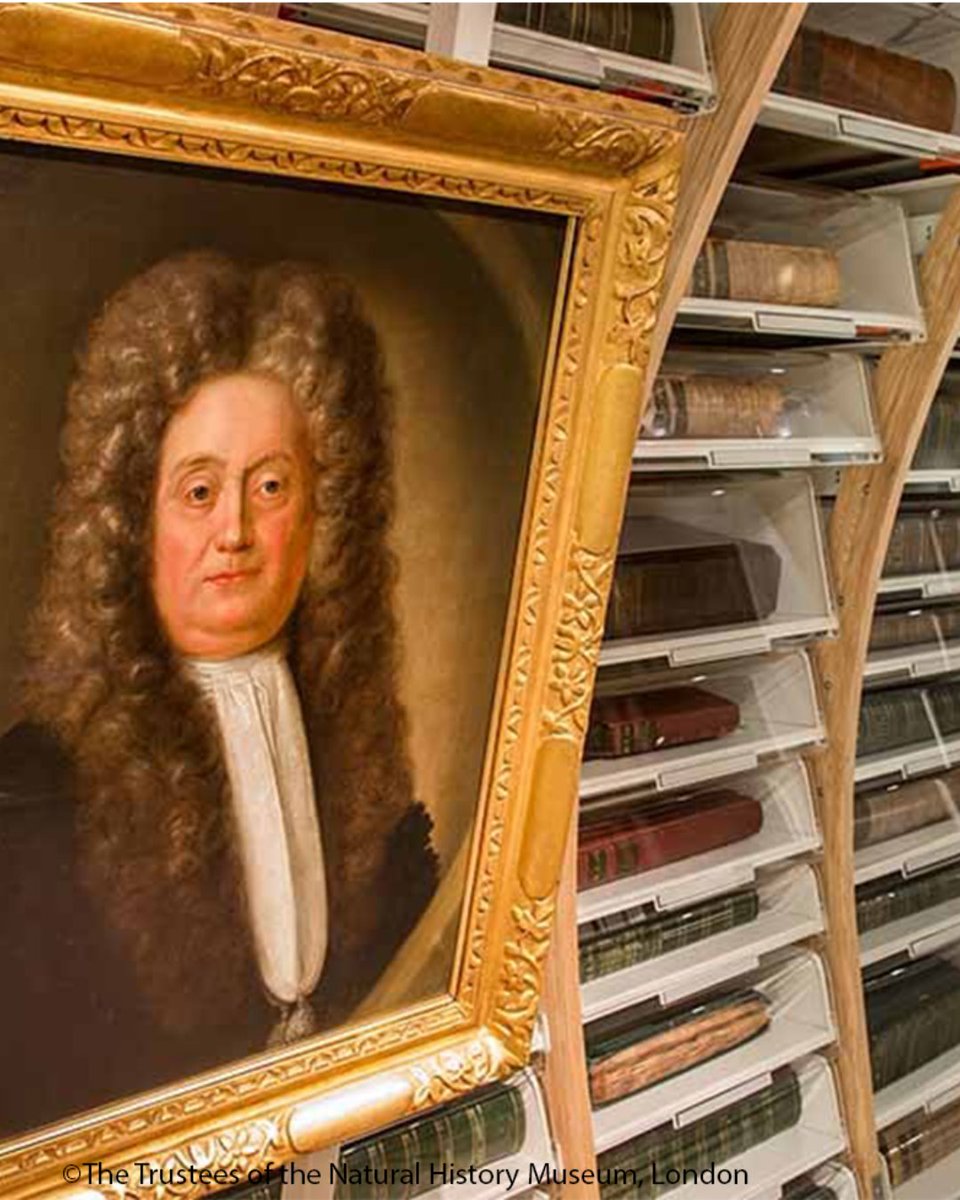
Natural History Museum Science
@NHM_Science
Curiosity, knowledge, solutions from and for nature @NHM_London: global collections, research, laboratories, libraries & collaboration from 350+ colleagues
ID:110432741
https://www.nhm.ac.uk/our-science.html 01-02-2010 14:40:12
13,3K Tweets
10,4K Followers
2,3K Following
Follow People

In 1993, North of Scotland, a lost Imperial Tie Fighter Pilot covered in #Bryozoans was collected by Mary Spencer Jones. In 2023, Bryo_Abbie using a SEM, revealed Yoda like Cribrilina punctata colonies.
Any other #StarWars related part of Nature?
#MayTheFourth be with you
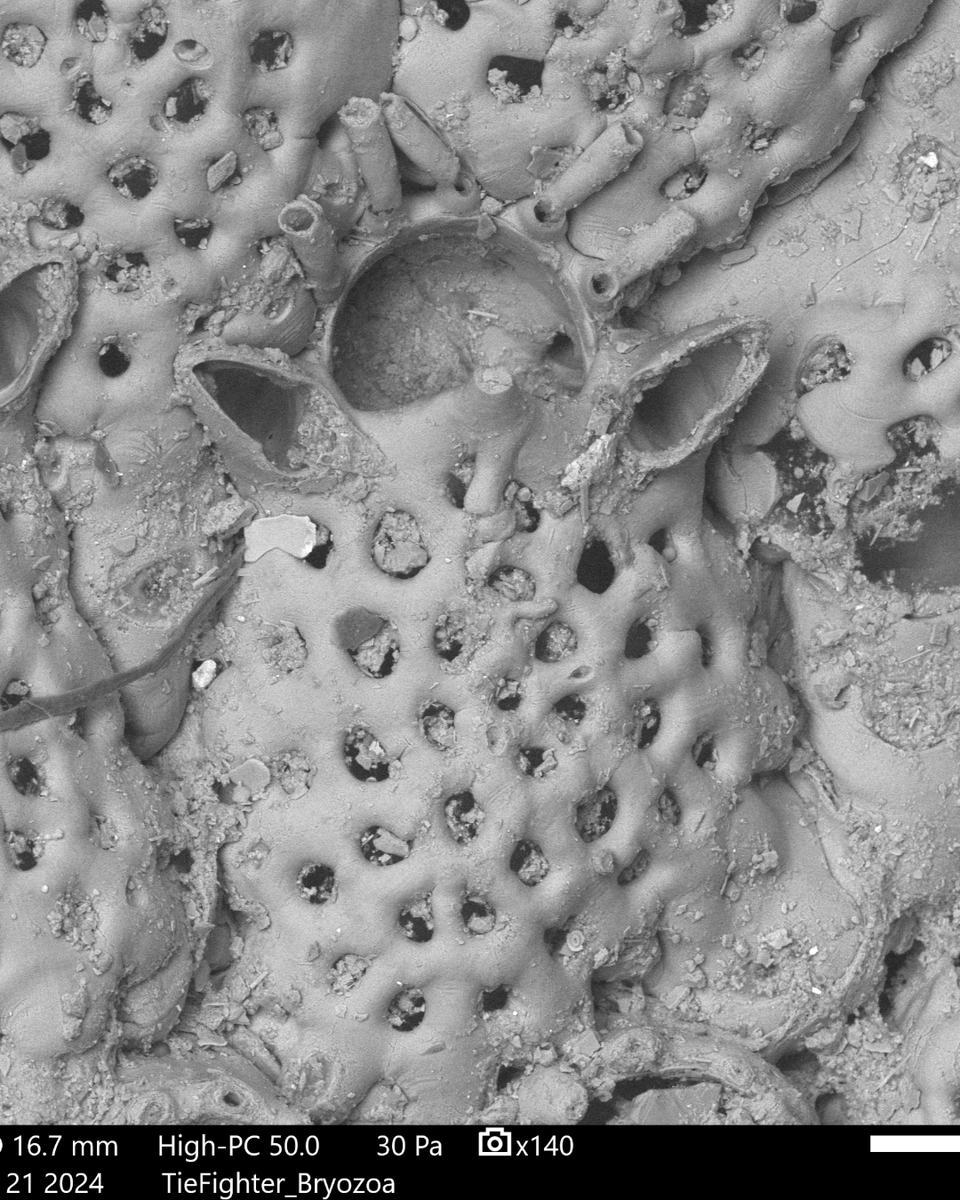
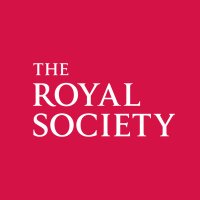
Giants, like the 13m long snake 'titanoboa', have existed throughout history. But do they always go extinct? And can the fossil record help us preserve species today? Phil Mannion and Dr Susie Maidment explore gigantism and extinction:
Natural History Museum EarthSciences UCL youtube.com/watch?v=rjdHd-…

Gorgeous first day in the Middle Atlas mountains of Morocco with Dr Susie Maidment Kawtar Ech-charay, Driss & Khadija, getting the lay of the beautiful land, searching for Middle Jurassic microvertebrate sites & occasionally getting stuck up very high & slippery slopes. Bring on day 2!
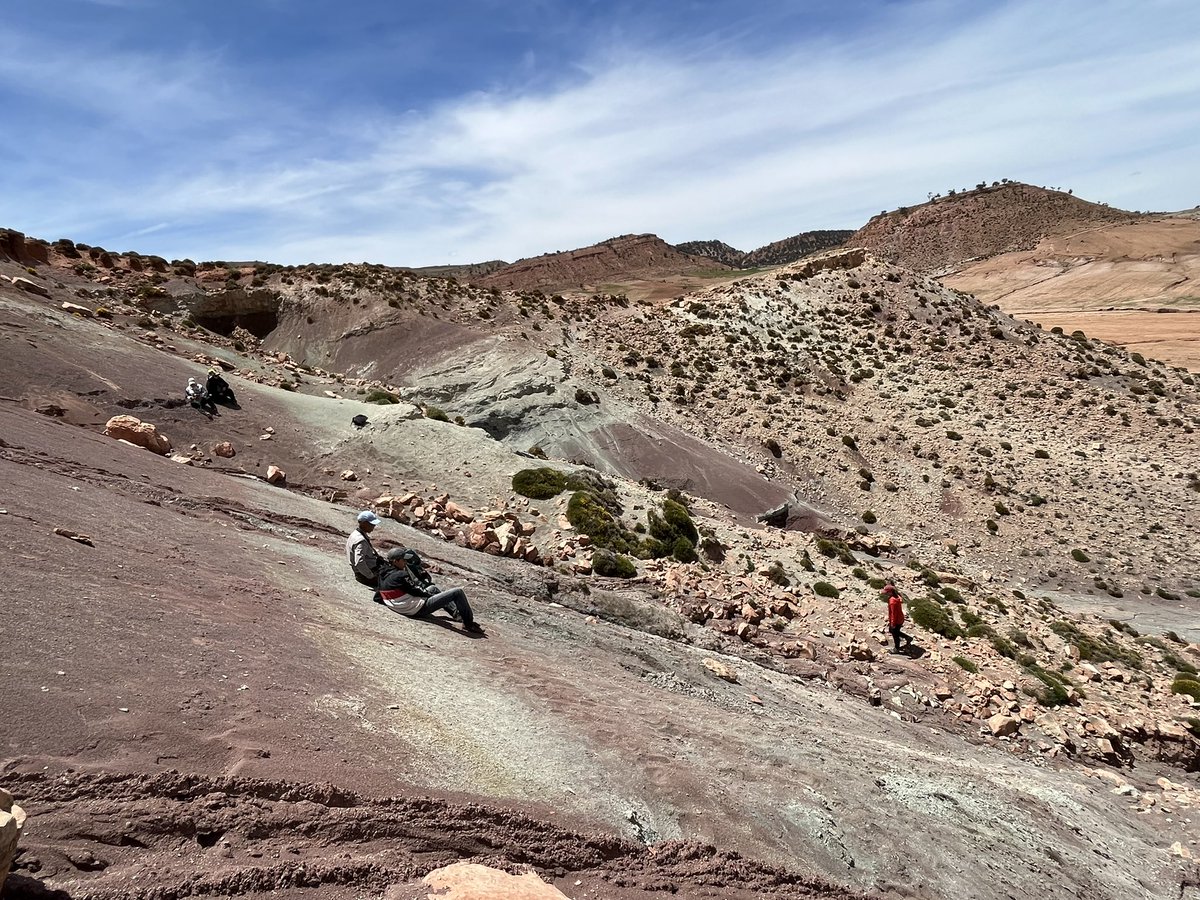
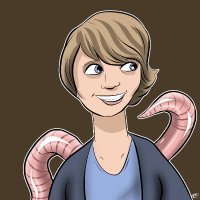
Diverse gardens & organic compost are best for #earthworms ! 🪱 results of my PhD #EarthwormWatch project I developed with Lucy Robinson Alan G Jones Paul Eggleton Andy Purvis Natural History Museum Earthwatch Europe & Earthworm Society UK is now published European Journal of Soil Biology nhm.ac.uk/discover/news/…

Parasitoid wasps that prey on spiders, subjugating them to lay eggs, changing behaviour and altering web spinning behaviour. Spectacular evolutionary diversity and intriguing biology in the Pimplinae from Keizo Takasuka Keito Takasuka and Gavin Broad doi.org/10.1163/187598…
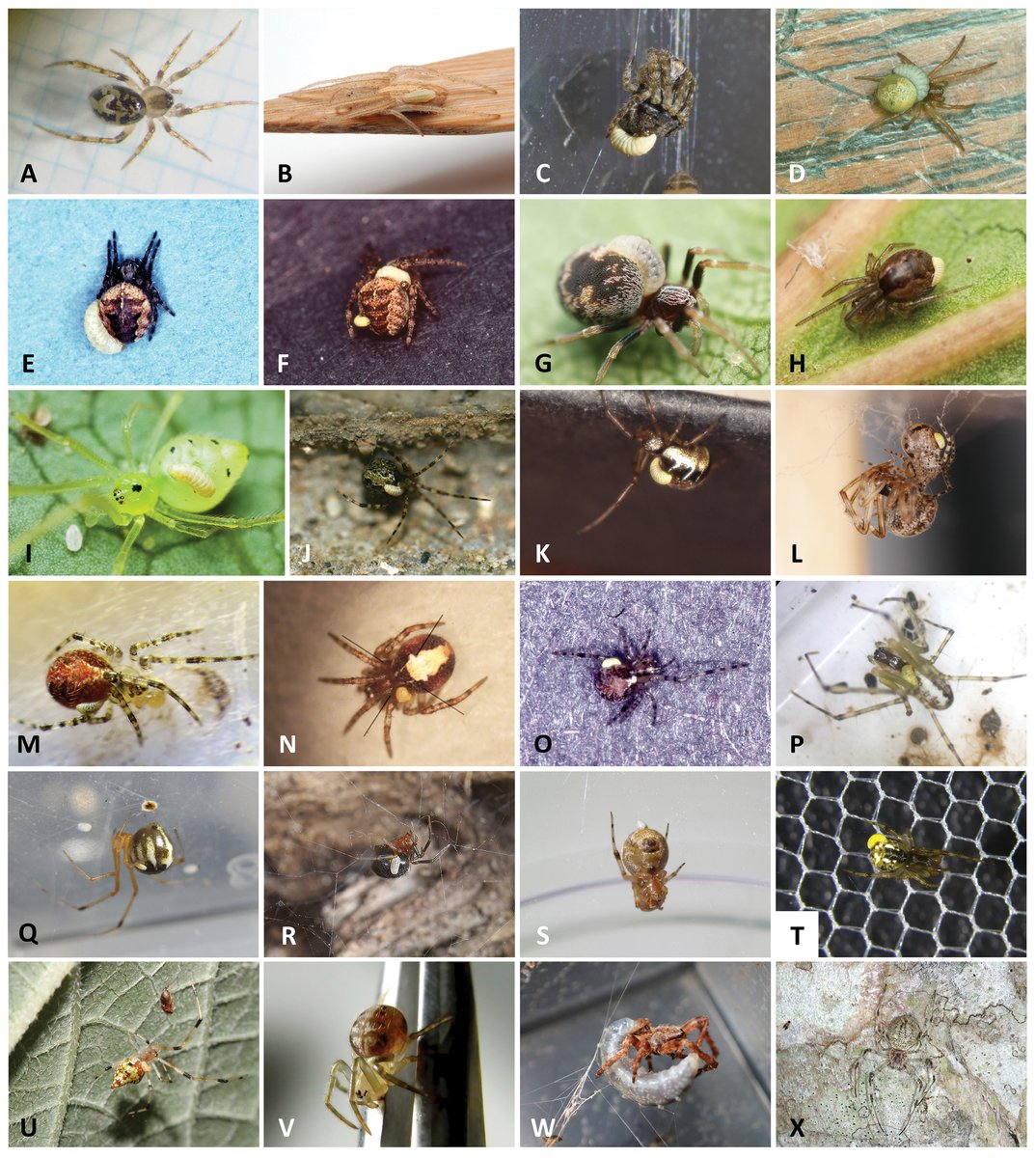

How did pitcher plants evolve? These amazing and deadly insect traps are the result of three different variable characteristics Gustavo Burin Ulrike Bauer Guillaume Chomicki & al. science.org/doi/10.1126/sc…
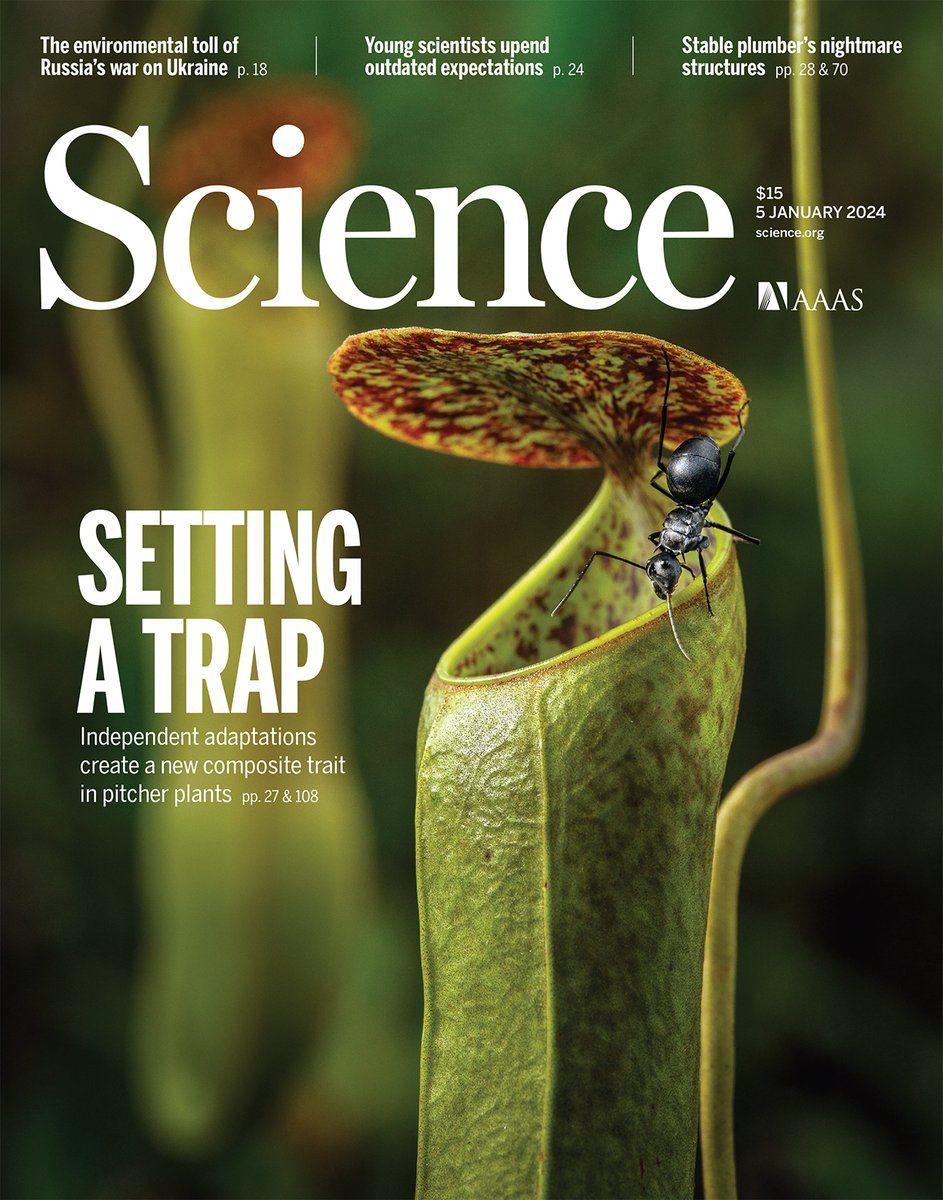

Pesticide use reduced by diverse crop rotation with environmental benefits, but areas with high pest resistance to pesticides need additional support. Experimental research from Alexa Varah Ken Norris et al ZSL Science Rothamsted Research The University of Sheffield doi.org/10.1038/s41598…
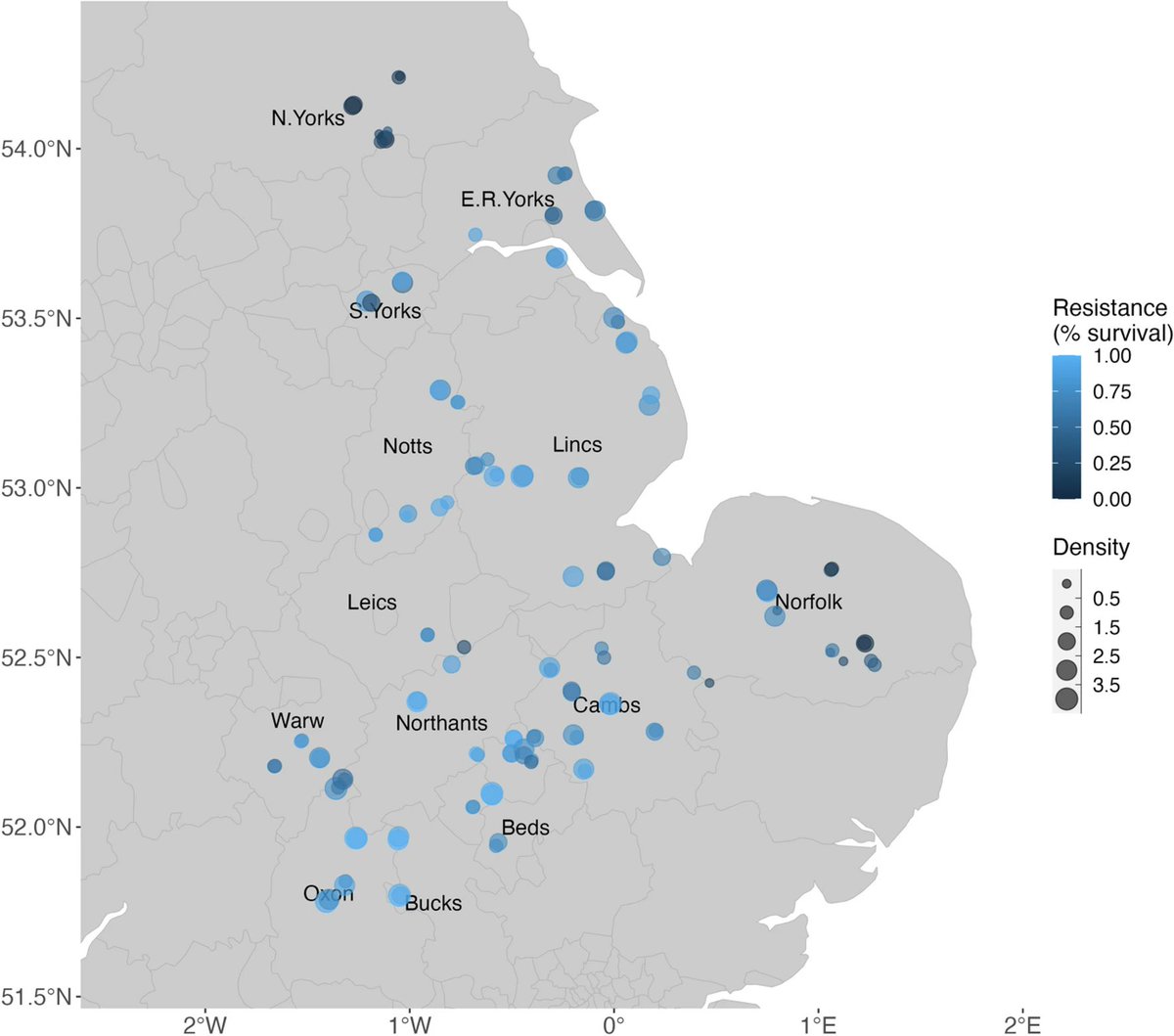

Bone-boring Osedax worms ate deep-sea remains of ancient marine plesiosaur and mosasaur reptiles - research from Sarah Jamison-Todd Sarah Jamison-Todd Adrian Glover Adrian Glover Phil Mannion, Paul Upchurch royalsocietypublishing.org/doi/10.1098/rs…
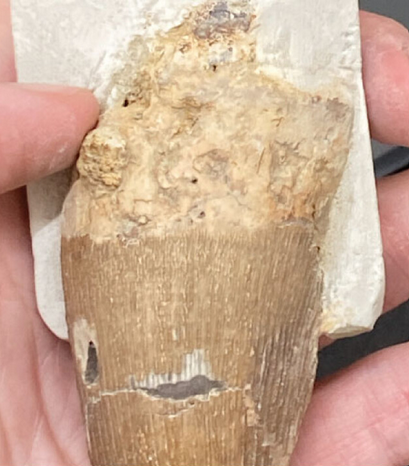

Finding the balance between supporting nature and farmers. Great insight into the work of Derbyshire Wildlife Trust and local farmers in the Peak District by Josh Luke Davis 🏳️🌈 Learn more 👇 #NaturalHistoryMuseumLondon
Farming for people and nature | Field Studies youtu.be/rna4Gft2QFE?si…

Collection tours of the specimens we are custodians of and the research we undertake ourselves and facilitate to all users is integral to the work of Natural History Museum Science It is a joy to discuss insect diversity, taxonomy and conservation to such engaged audiences as Wilder Norfolk

Happy #WorldRobberflyDay ! Follow Erica and NHM Diptera to learn about all things fly 🪰
#NaturalHistoryMuseumLondon


More for #DNADay ! 'we successfully sequenced an entire mitochondrial genome from two legs of this fly and replaced them on the specimen after' - Ben Price. Sequencing genomic data from our collections helps DNA reference projects like Biodiversity Genomics Europe (BGE), iBOLEurope & iBOL Consortium.
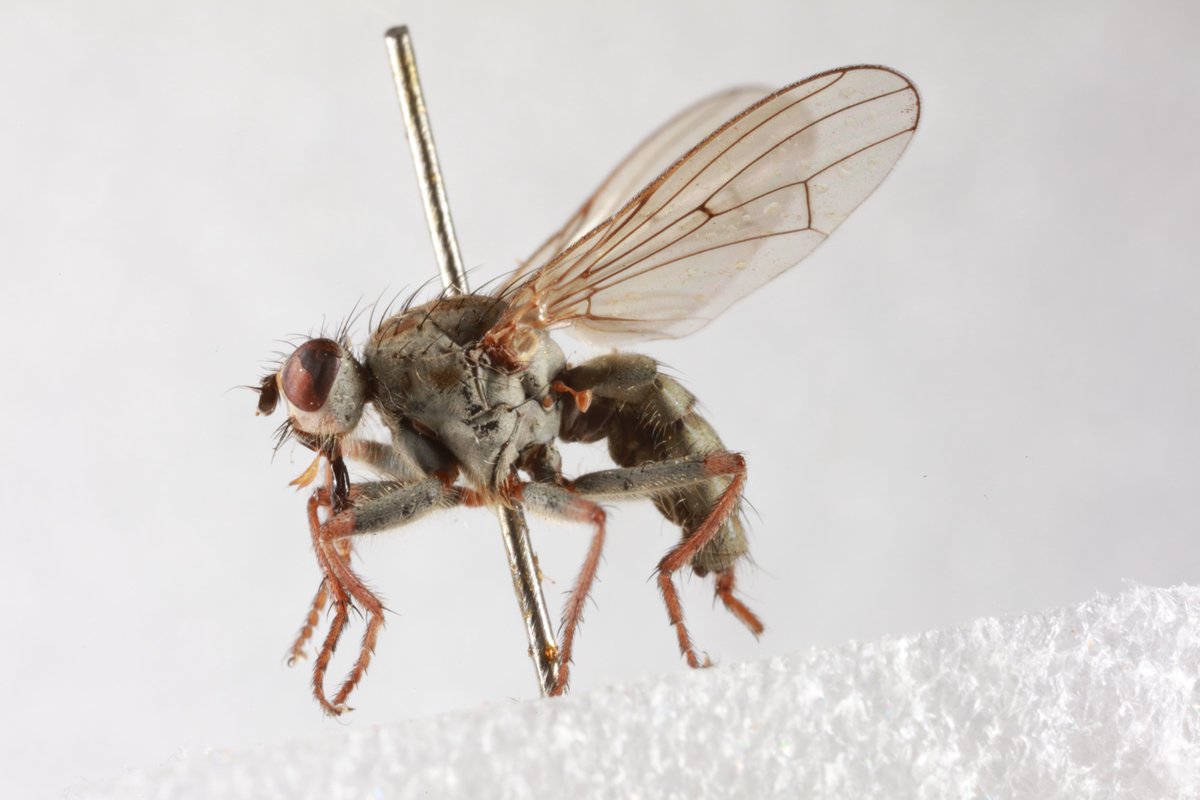

#DNA from 9500 #Plants sequenced, 1.8 billion letters of genetic code, 138 organisations internationally and 279 scientists (including Sandra Knapp).
This study, led by Kew Science, is a major milestone for plant science. #DNA Day Learn more 👇doi.org/10.1038/s41586…
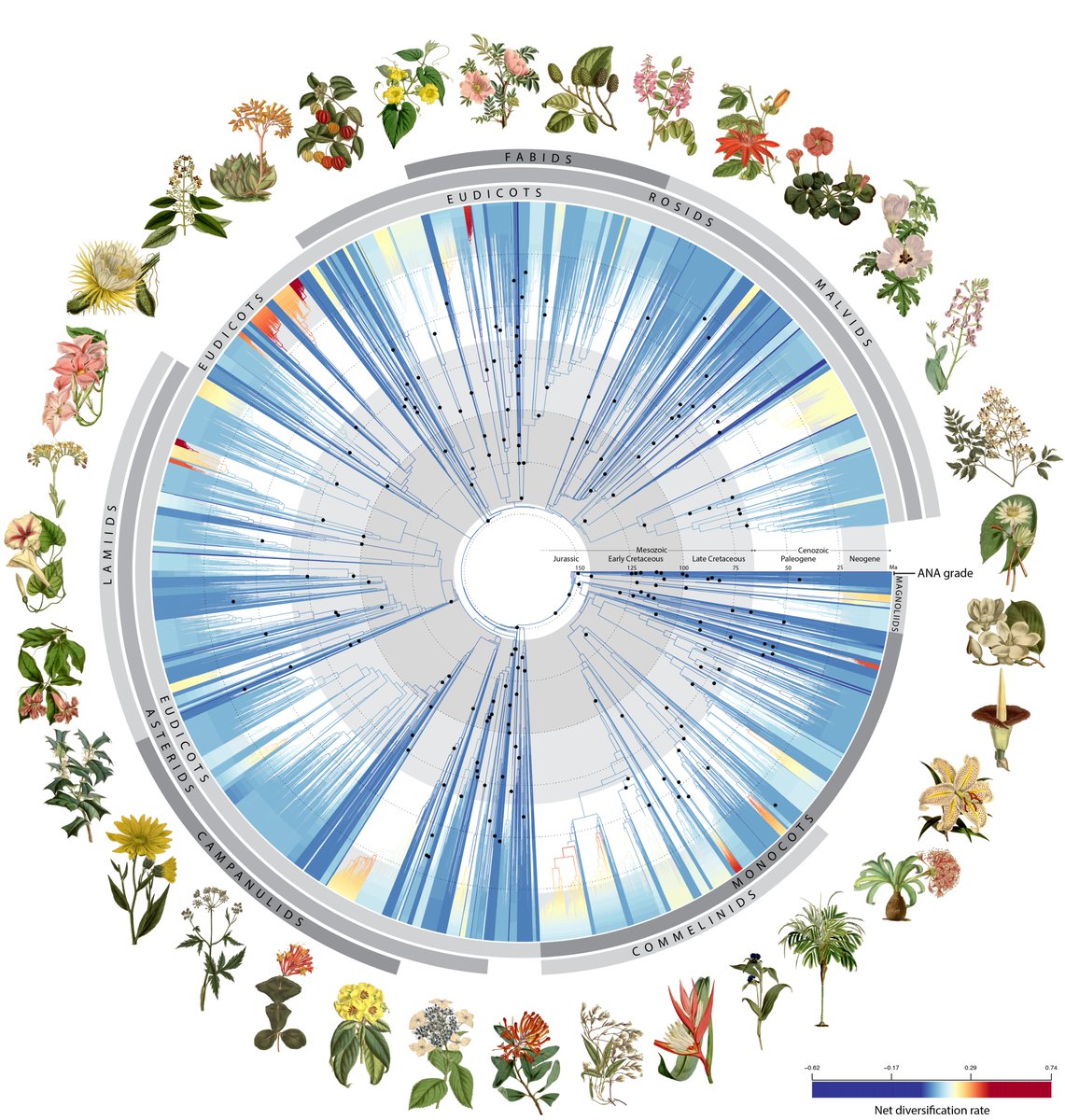

Calling teachers and young people!
Take part in a special mission from the #EducationNaturePark on #OutdoorClassroomDay as we become habitat heroes. Together we’ll explore the homes for wildlife on learning sites nationwide.
Get involved! #TeacherTwitter
bit.ly/4cprDM


Members of the #NHMUnlocked team were at NatSCA Conference last week.
Curator Bryo_Abbie did a lightning talk about the NHM_Bryozoa Collection and the different ways we were preparing it to move to TVSP
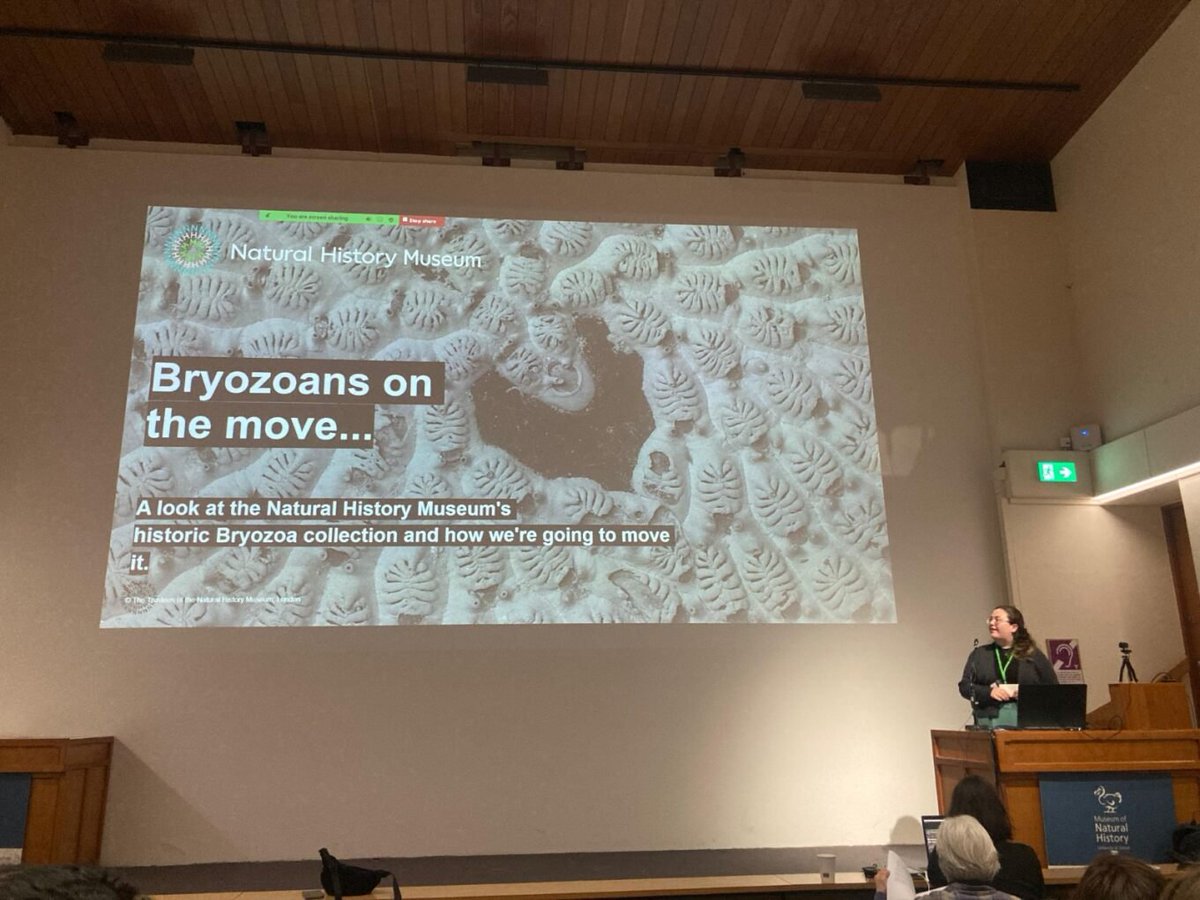

It's #EarthDay2024 🌍 Focusing on #plasticpollution and showcasing research involving Sabir Muzaffar that assess the occurrence of microplastics in shorebirds in India. Microplastic debris reported in all samples, with microfibres being the most abundant! doi.org/10.1016/j.marp…


Heard of #EducationNaturePark ? Led by the museum, it’s a free programme that sees schools, nurseries and colleges forming a network of green spaces to boost #Biodiversity across England. This map shows over 1000 spaces that are involved! Discover more 👇 educationnaturepark.org.uk
